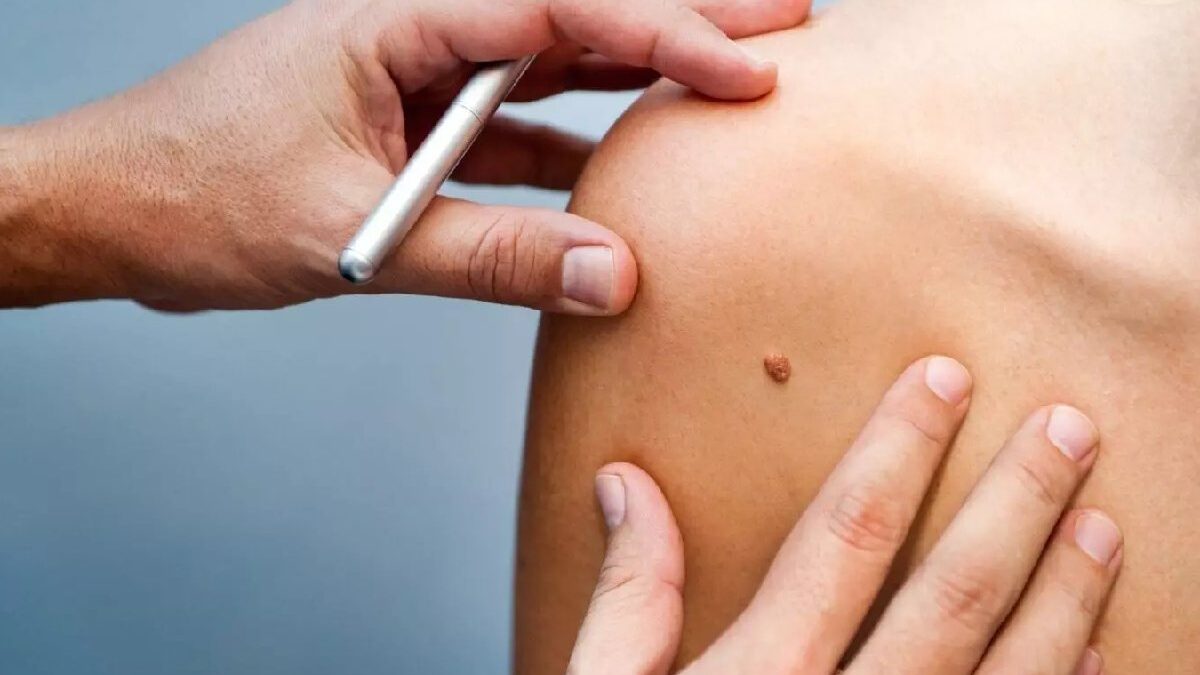It is accurate to claim that as people age, their skin changes. Skin begins to thin out, become less elastic, and lose its “plumpness.” Some people may even have to cope with seborrheic keratoses, which are skin growths. A benign, non-cancerous growth known as seborrheic keratosis often appears after age 40. These lesions frequently have brown, grey, or tan coloring.
Additionally, they frequently have a “stuck on” impression on the skin and can be scaly or crusty. You can observe them on the face, scalp, and shoulders, but the most typical locations for them on the body are the back, underneath the breasts, as well as along the hairline. Although one can show up alone, numerous growths are more typical. But they aren’t contagious. Your doctor can identify seborrheic keratosis by looking at the growths and, in some cases, by touching them.
Common Causes Of Seborrheic Keratosis
An abnormal accumulation of keratocytes characterizes seborrheic keratosis. Keratocyte is a kind of skin cell most frequently found in pale skin but can also occur in darker skin on occasion. Although the specific cause of seborrheic keratosis is unknown, the fact that it runs in generations suggests that genetic factors may contribute to its occurrence. In addition to age and heredity, a few additional variables may make you more likely to develop seborrheic keratosis. For instance, certain women appear more susceptible to lesions when experiencing hormonal changes brought on by pregnancy or estrogen replacement medication. However, exposure to the sun does not increase your risk.
Symptoms And Indications That You Need To See Your Physician
Although seborrheic keratosis (SK) is typically asymptomatic, it occasionally feels itchy. If individuals start to exhibit symptoms like severe itching, pain or bleeding, a physician should examine them. Although these growths are not harmful, it is essential to have them examined to be sure they are not something else. There are times when they are misinterpreted for skin cancers, including melanoma and squamous cell carcinoma. A biopsy will be taken to look for skin cancer if your physician suspects it might be that.
Treatments For Seborrheic Keratosis
Seborrheic keratosis typically doesn’t hurt and has no adverse effects on one’s health; thus, it doesn’t require treatment. But when needed, the doctor will determine the best removal technique based on each patient’s health. Since the nodules typically do not spread later, treatment is straightforward and leaves little scars.
Common techniques include:
Liquid nitrogen freezing: Cryosurgery, also referred to as liquid nitrogen cryosurgery, involves applying liquid nitrogen to the seborrheic keratosis with a cotton swab or nitrogen spray. This is a quick, secure, and very efficient technique of treatment.
Curettage: There are times when skin scraping is done while employing cryosurgery to make the corneum thinner and flatter. Additionally, an electrocautery scalpel is the most frequently used tool to eliminate thick seborrheic horns. You can use it alone or in conjunction with curettage. This procedure can produce scars if it is not used correctly.
Laser: A thick horny sebaceous clump can also be vaporized with a laser.
Most people with seborrheic keratosis won’t require any treatment, but if you have any concerns or want to confirm your self-diagnosis, don’t hesitate to contact a professional to set up an appointment. Your dermatologist can answer any queries, clarify the growth is seborrheic keratosis, and prescribe therapy if required. A specialist should always diagnose any new growth to avoid mistakenly missing a potentially hazardous skin condition.

